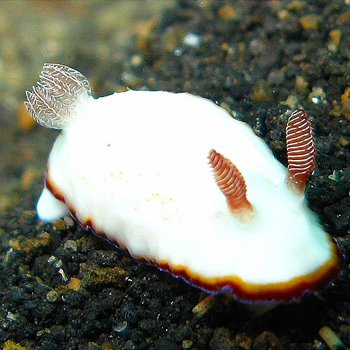Question #c4cb7
1 Answer
Geometry around the double bond of the molecule
Explanation:
Let's use 1,2-dichloroethene as our example.
Note that if both chlorines were attached to the same carbon, there would a net dipole. There would be no "cis" or "trans" for the molecule. Also, note that there is a greater net dipole for
Let's say we cut the molecule down the middle of the double bond to have top and bottom halves. If you notice with trans, we have both Cl and H on both the top and bottom. If we were to put the dipoles into a math equation, we can say "
Let's look at cis now. using the math equation from before, we would have "
So, geometry of the molecule around the double bond determines whether there is a net dipole or not. You can only have two of two substituents for there to be no dipole (e.g. 2 -H & 2 -Cl, or 2 -F & 2 -OH). Additionally, the same substituent has to be diagonal across the double bond (i.e. trans-chloro or trans-fluoro) to cancel any net dipole.

